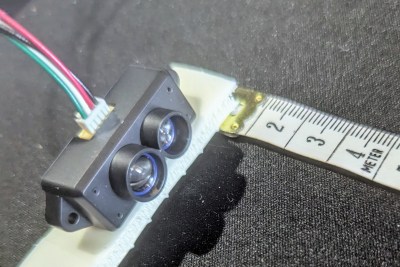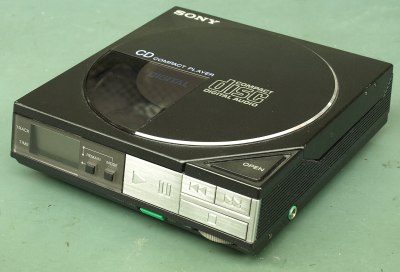
If you need to measure a distance, it is tempting to reach for the ubiquitous ultrasonic module like an HC-SR04. These work well, and they are reasonably easy to use. However, they aren’t without their problems. So maybe try an IR time of flight sensor. These also work well, are reasonably easy to use, and have a different set of problems. I recently had a project where I needed such a sensor, and I picked up a TF-MiniS, which is a popular IR distance sensor. They aren’t very expensive, and they work serial or I2C. So how did it do?
The unit itself is tiny and has good specifications. You can fit the 42 x 15 x 16 mm module anywhere. It only weighs about five grams — as the manufacturer points out, less than two ping-pong balls. It needs 5 V but communicates using 3.3 V, so integration isn’t much of a problem.
At first glance, the range is impressive. You can read things as close as 10 cm and as far away as 12 m. I found this was a bit optimistic, though. Although the product sometimes gets the name of LiDAR, it doesn’t use a laser. It just uses an IR LED and some fancy optics.
Continue reading “Time-of-Flight Sensors: How Do They Work?”



















